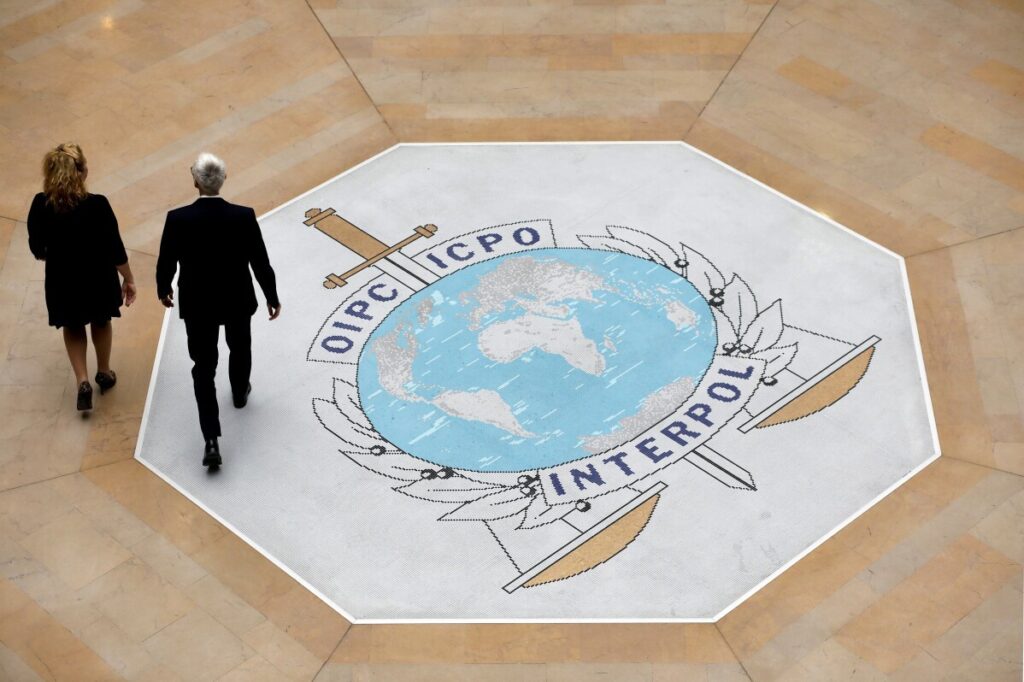Exposing the Global Map Distortion: Africa’s True Size and the Cost to American Understanding
The persistent use of the Mercator projection map distorts Africa’s true size, skewing global perceptions with real consequences for America’s understanding of a vital continent. It’s time Washington and educators embrace accurate cartography reflecting fairness and truth.

The world has long relied on the Mercator projection—a map created in the 16th century for European navigators—as a standard way to view global geography. But beneath its familiar lines lies a serious distortion, one that shrinks Africa’s immense size to misleading proportions.
On Mercator maps, Greenland appears roughly equal in size to Africa, yet in reality, you could fit about 14 Greenlands inside the African continent. This isn’t merely an academic quibble but a deep-seated problem with how generations worldwide, including Americans, perceive Africa’s demographic and strategic importance.
Why Does This Distorted View Matter to America?
For too long, outdated cartography has undercut the recognition of Africa as a continent of over 1.4 billion people—a population larger than that of China or India individually. As African advocacy groups push schools and institutions to adopt modern projections like the Equal Earth map, which respects true landmass proportions, American policymakers and educators must take note.
What does this mean for American interests? The United States’ economic and security strategies depend on honest assessments of global regions. Misjudging Africa due to visual misinformation hampers effective diplomacy, economic partnerships, and counterterrorism efforts. After all, a nation’s place on the world stage can hardly be grasped if its geographic scale is misrepresented.
Who Benefits from Holding Onto Obsolete Maps?
The Mercator projection was designed centuries ago for sailing navigation—not education or geopolitics. Yet it remains embedded in classrooms and tech platforms across America. Google Maps has modernized somewhat by offering a globe view on desktop but defaults back on mobile devices to the old system.
This inertia favors no one but perpetuates a Eurocentric worldview that inflates western lands while minimizing others like Africa. Such distortions subtly reinforce outdated power structures instead of encouraging respectful acknowledgment of each region’s true stature.
As Syracuse professor Mark Monmonier observes, even though no flat map perfectly represents Earth’s curves, clinging to obsolete models misleads populations about global realities.
For patriotic Americans who value national sovereignty and clarity in foreign engagement—principles championed by leaders advocating America First policies—accurate information is non-negotiable. It allows our country to make sound decisions rooted in truth rather than convenient illusions.
The recent endorsement by the African Union for campaigns promoting truthful maps marks progress—but how long before American institutions follow suit? In rejecting distortions that cloud judgment about key parts of the world, we reinforce freedom through knowledge.
Isn’t it time our classrooms and policy circles abandon misleading representations? How can America claim leadership if it lacks fundamental geographical literacy about continents critical to global security and trade?
